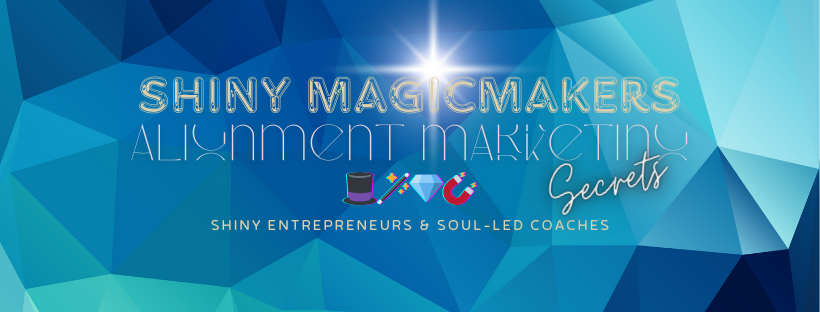Tricia Webb has can tell you lots of things, like how research can tell us about ourselves. Let’s have a listen. ~ editor, Kelly Babcock
High Level Research and Neurodiversity
In my last post, I discussed the importance of high-level research and how filling in the large knowledge gap that exists around ADHD can help decrease stigma. This week I will share a specific example of how formal scientific research has uncovered the beauty of ADHD brains and their positive contribution to society.
Accommodations. How many of you look at that word and balk? I certainly do. Some definitions include, “to do a kindness or a favor to” or “to have or make room for.” Accommodate?! This says that we are simply guests in someone’s home and anything that makes the environment more inclusive is just a gift! My apologies, it is too early to rant sans an explanation.
It all started early in the morning…
Like every normal day, my brain awakens to a thunderstorm of thought activity. My friends unfortunately have been at the receiving end of this. The sun barely rises and … pounce! I’ve got you cornered with a deep, philosophical question.
This particular morning the concept of accommodation was on my mind. Why are we the ones that must fit the mold of the majority or risk being labeled as “special” and hence given accommodations? Who determined that the neurotypical (NT) way of life is the correct version and not the other way around?
After falling down the research rabbit hole, I discovered computational psychiatry, a field of study that aims to bridge the knowledge gap between the biology of the brain and the actual experience felt by the individual (You can read my last post here).
And guess what?
One study addressed my exact question, providing evidence that the ADHD brain did not develop randomly or by accident, but had specific advantages for groups and tribes. By historical evidence, we should take advantage of that brain style and not just accommodate it. Here’s what the study had to say.
Synopsis of the details …
Everybody’s brain has the ability to either amplify or dampen an incoming message. They call this ability, “neural gain.” It’s putting actual numbers and equations to how much of a filter your mind has. The brain enters a “high gain state” when it needs to avoid distraction, such as fleeing from a predator (filter out extraneous information and laser in on one task).
By contrast, in a “low gain state,” the brain allows more information to enter. Information such as making note of a predator is taken in, but simultaneously noting the periphery, the wind, the trees, etc. You can probably guess which state the ADHD brain tends to reside in.
Next, we learn that neural gain leads into something called “decision temperature.” It’s basically an equation that tells us the lower the decision temperature, the more likely an individual will choose a single option and focus on that. Conversely, higher decision temperatures will lead to more exploratory, variable behavior. High gain is associated with low decision temperature and low gain with high temperature.
And this raises the question …
It is then asked, why does the brain allow for substantial behavioral variability? Why do we sometimes go for options that are not the best and explore? It becomes an “exploitation-exploration tradeoff”.
They use the example of foraging. When there is no uncertainty, increased exploration makes no sense. If the cow is right in front of your face, and there is no danger, focus on killing the cow!
But, if there are multiple types of berry bushes, some possibly poisonous, in addition to fruit trees to choose from, it may be better to leave all your senses open and explore.
Hey you!
If you fell asleep for the technical parts, you can rejoin us for the big message.
The human brain has to choose between either exploiting one option or sampling alternatives and learning from experience. In summary, while low exploration in most members of a group ensures stability, a low proportion of people with ADHD allows learning from exploration and, thus, can be evolutionarily beneficial for a group.
Let me end here and say, wow, the proof is in the pudding. Everyone’s brain, ADHD and NT alike, is incredibly beautiful and designed with intention.
Neurodiversity research like this highlights the root of why it exists at all. We need each kind to make the world go around, so I encourage you to be confident in your brain and remember, we were the explorers, the curious minds that got the tribe through uncertain times.
I say, utilize diversity, don’t just celebrate it.
*If you are interested in the complete study, see this link for the original study.

I’m an avid adventurer and explorer of both people and places. Finding joy in posing thought provoking questions that challenge the mind and heart, I live a life where I am bold, passionate and spirited. I enjoy listening to people’s unique life stories, and also being able to serve and advocate for neurodiverse individuals.
~ Tricia Webb

